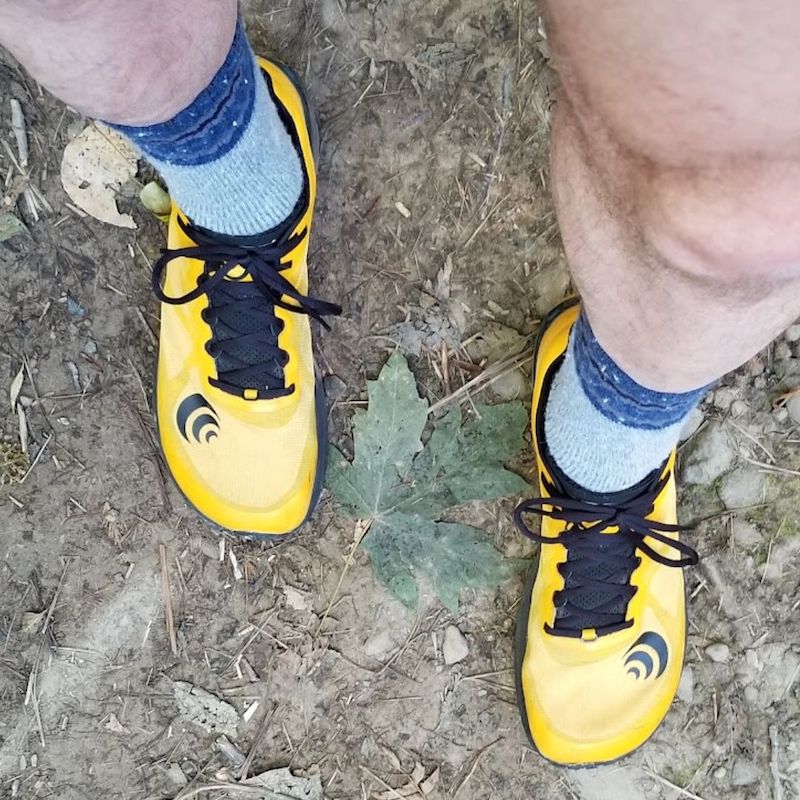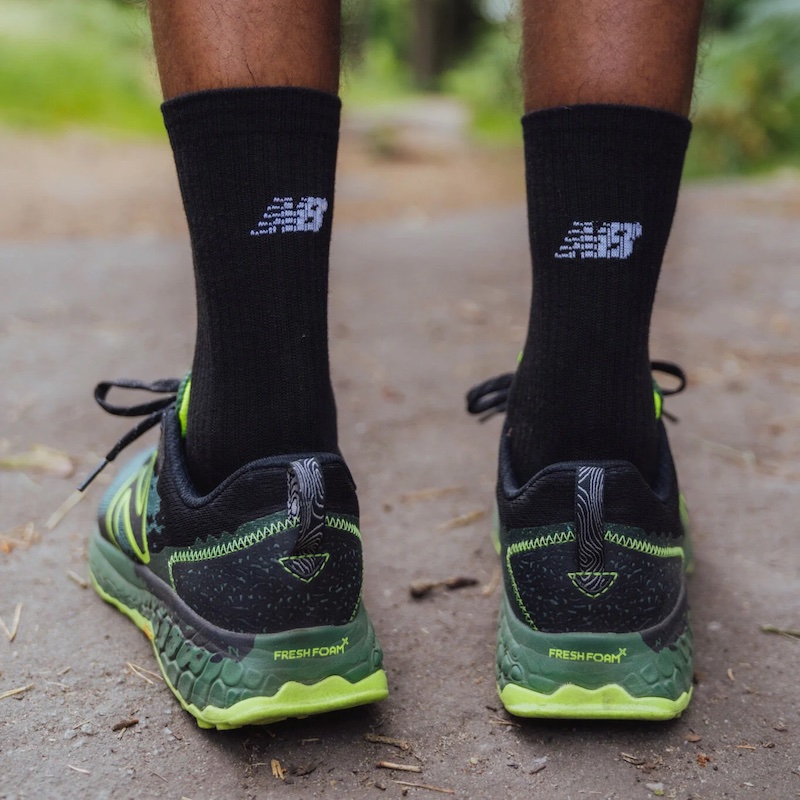The Importance of Replacing Running Shoes
Maintaining optimal performance is crucial for any activity, and running is no exception. Wearing the right pair of running shoes is essential for comfort, support, and injury prevention. Over time, however, even the best running shoes lose their ability to provide these benefits. When the cushioning becomes compressed and the support structures weaken, your body takes the brunt of the impact with every step.
It’s not just about discomfort or lackluster performance. Running in old or worn-out shoes can lead to a host of injuries. Common issues include shin splints, runner’s knee, and plantar fasciitis. Additionally, the worn tread on outdated shoes can reduce traction, increasing the risk of slips and falls.
Knowing how often to replace running shoes can save you from pain and potential injuries. Experts suggest that runners should consider getting new shoes every 300 to 500 miles. Yet, this is just a general guideline. The actual lifespan of your running shoes may vary based on individual running style, body weight, and shoe quality.
In essence, paying attention to the condition of your running shoes is an investment in your health. It can help maintain your running performance and prevent injuries, ensuring that every run is a step towards your fitness goals rather than a step back due to avoidable setbacks.
Mileage Indicators: Understanding Shoe Lifespan
Many runners wonder how often to replace running shoes. Mileage is a key indicator of shoe lifespan. However, this can vary depending on several factors, including running style and body weight.
Look to Your Logbook
Keep track of your running mileage. Once you hit 300 to 500 miles, start examining your shoes closely. It might be time for a new pair.
Weighing In On Mileage
Your body weight affects how quickly your shoes break down. Heavier runners may need to replace shoes closer to the 300-mile mark.
Analyzing Your Running Style
A unique running style can also affect shoe longevity. Pronators or supinators might notice uneven wear, signaling a need for replacement sooner.
By understanding these mileage indicators, you can better gauge when to invest in a new pair of running shoes. Staying attentive to the mileage you’ve logged is crucial for maintaining shoe health and your own running performance.
Recognizing Wear and Tear on Your Running Shoes
It’s key to know when your shoes show signs of wear and tear. Not all signs are obvious, but some clear indicators should prompt a closer look. Watching for these can prevent discomfort and injury.
Visual Inspection: Check for Obvious Damage
Start with a visual check. Look for holes, tears, or extensive wear on the outsole. Uneven wear can indicate it’s time for new shoes. If the treads are worn down, it’s a clear sign that the grip won’t perform well.
Midsole Compression: Feeling the Difference
Press on the midsole. If it feels hard or doesn’t bounce back, the cushioning has worn out. A good midsole should be responsive and compress under pressure, but then quickly return to its original shape.
Inside Wear: Don’t Ignore the Interior
Peek inside your shoes. Wear and tear on the interior, like the sockliner or heel cup, can affect foot support. If the inside is worn out, your shoes won’t provide the same level of comfort or stability.
By recognizing these signs of wear and tear, you can determine how often to replace running shoes before they harm your performance or cause injury. Remember to replace your shoes when you notice these indicators, even if they haven’t reached the maximum mileage.
How Your Body Tells You It’s Time for New Shoes
Recognizing when to replace running shoes isn’t just about tracking mileage and inspecting wear. Your body often sends clear signals that it’s time for a new pair. Heed these signs to keep your runs safe and comfortable.
Persistent Discomfort or Pain
If you experience consistent pain or discomfort in your feet, legs, or back after running, it might be due to inadequate shoe support.
Unusual Soreness After Runs
Sudden or unusual muscle soreness after runs could suggest your shoes are no longer providing proper cushioning.
Blisters or Hot Spots
New blisters or hot spots in places where you didn’t have them before indicate a shift in how your shoes fit and protect your feet.
Stability Issues
A feeling that you can’t maintain your usual form, or that your shoes feel unsteady, is a sign they’re not offering the support your body relies on.
By listening to your body and observing these symptoms, you can prevent injury and ensure you’re running with the right support. Keep in mind how often to replace running shoes and be proactive about monitoring their condition along with your physical responses.
The Impact of Running Terrain on Shoe Longevity
When considering how often to replace running shoes, it’s crucial to think about the running terrain. Different surfaces can cause varying degrees of wear and tear on your shoes, and this can significantly affect their longevity.
Hard Surfaces
Running on hard surfaces like concrete or asphalt puts more stress on shoes. This stress means they may wear out faster compared to running on softer trails. Check your shoes often if you run on these surfaces.
Trail Running
Trail running involves uneven terrain, which can cause uneven wear. However, softer ground may be easier on shoes than asphalt. Still, watch for damage from rocks or roots.
Track Workouts
If you run on a synthetic track, your shoes may last longer. Tracks provide a consistent surface that typically causes less wear. Remember, different parts of shoes wear out in different ways, even on a track.
By understanding the impact of terrain, you can adjust your expectations for shoe longevity. Keep track of the types of surfaces you run on and how often to replace running shoes accordingly. As you vary your running routes, stay aware of how this affects your shoes’ life span.
Seasoned Runners’ Tips for Assessing Shoe Health
Experienced runners have a knack for knowing when their footwear is past its prime. They hone their ability to assess shoe health and performance over time. Here are some tips from seasoned runners on gauging the health and timing for replacing running shoes:
Step-By-Step Bounce Test
One quick test is the bounce test. Compress the shoe’s midsole with your thumb. If it doesn’t bounce back swiftly, it might be time to replace your shoes.
Listen to the Squeaks
Pay attention to new sounds. Squeaking shoes could signal that the midsole is breaking down. Healthy shoes should be mostly silent when they compress.
Flexibility Check
Gently bend the shoes. If they flex too easily or feel flimsy, the support structures may be compromised. A good shoe should resist your effort but not too much.
Water Test for Traction
Pour a little water on the ground and step in it with your shoe, then walk on a dry surface. If the shoe slips easily, the outsole may be worn.
Compare with New Shoes
If possible, compare your old shoes with a new pair of the same model. A comparison can help you see if the cushioning or tread has deteriorated in your old pair.
After-Effects of a Run
Monitor how you feel after running. If you have new aches or pains, it may be due to a loss of shoe support or cushioning.
By adopting these simple tips, you can make an informed decision on how often to replace running shoes. It’s not just about sticking to a mileage count. Keep an eye on the physical signs. Ensure your running shoes still offer the support and protection needed for your runs.
Consequences of Running in Worn-Out Shoes
Running in shoes that have passed their prime can have several undesirable outcomes. If you ignore the signs it’s time for new running shoes, you may face some consequences that negatively impact your running experience. Here’s what could happen if you run in worn-out footwear:
Increased Risk of Injury
Old shoes lack the support and cushioning your body needs. This can lead to injuries like shin splints, stress fractures, or runner’s knee. Your feet and legs suffer more impact without proper support, risking harm.
Poor Performance
Without the bounce and stability of well-cushioned shoes, your running efficiency may drop. You could find your pace slowing down, or feel like you have to work harder to maintain your usual speed.
Discomfort and Pain
Worn-out shoes often lead to discomfort during runs. You might feel more jarring with each step or suffer from blisters due to poor fit. Pain can become a constant running companion, which isn’t normal.
Compromised Running Form
With the breakdown of stability features, your running form may suffer. This can cause you to run in an unnatural way to compensate, possibly leading to long-term issues.
Faster Wear on New Shoes
If you wait too long to replace your shoes, you might overcompensate by shifting how you run. This can cause uneven wear on your new shoes when you finally get them.
Understanding how often to replace running shoes is crucial to prevent these outcomes. Don’t wait until the damage is done; replace your shoes proactively to protect your health and enhance your running journey.
Making the Most of Your Running Shoes: Maintenance Tips
Proper maintenance can extend the life of your running shoes and keep your runs comfortable and safe. Here are some practical tips to help you make the most of your running shoes:
Clean Regularly
Dirt and debris can wear down the materials of your shoes. Clean them with a soft brush and mild soap after running in dirty conditions.
Dry Your Shoes Properly
Never put your shoes in a dryer. Remove the insoles and let both air dry separately in a well-ventilated area.
Alternate Pairs
If you can, rotate between two pairs of running shoes. This allows each pair to rest and return to its original shape between runs.
Store Shoes in a Cool, Dry Place
Exposure to heat and moisture can break down shoe materials. Store your shoes in a cool, dry place to prevent this.
Lacing Techniques Matter
Use a lacing technique that suits your foot shape and running style for better support and reduced wear.
Monitor Tread Wear
Check the soles regularly for even and excessive wear. Early signs of uneven tread can warn you it’s time for a new pair.
By following these tips, you’ll not only increase the longevity of your running shoes but also enjoy a safer, more productive running experience. Remember, how often to replace running shoes is important, but so is taking good care of them while they’re in use.




